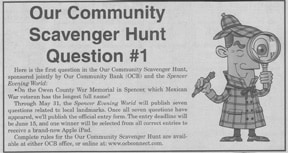I’m not sure who first created a frequently asked questions document or page, but I hope I get the opportunity to thank her someday. (And yes, I’m pretty confident that it was a “her,” given the innate male reluctance to pose questions.)
For marketers and other communicators, the FAQ is one of the most powerful tools you can use. It can strengthen your sales efforts, overcome resistance, minimize misunderstandings, and boost customer satisfaction.

